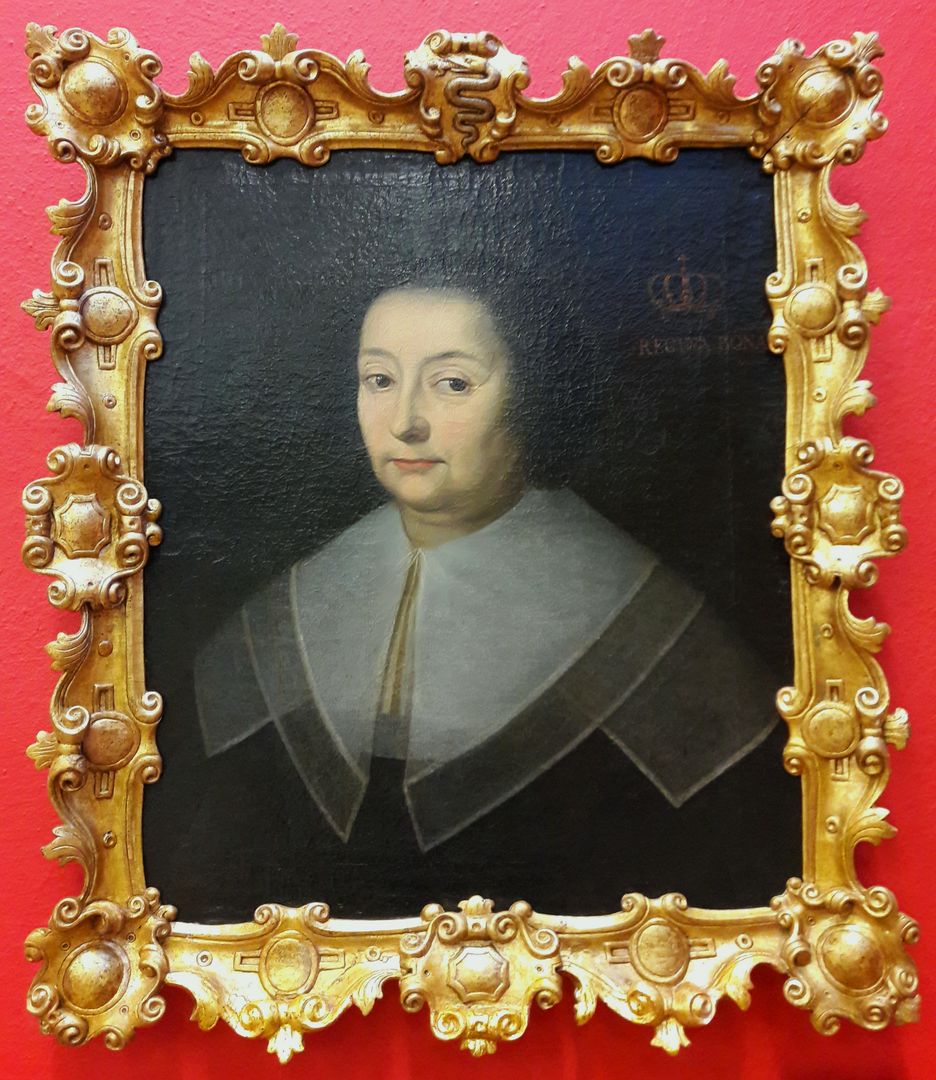National Museum in Lublin
7.13

Overview
The National Museum in Lublin, formerly known as the Lublin Museum, is one of the oldest and largest museums in eastern Poland, with a history dating back to the beginning of the 20th century when Hieronim Łopaciński initiated the museum movement. Opened in 1906, the museum gathered collections from various societies and organizations, and its number of exhibits grew through donations and purchases, reaching around 14,000 before World War II. After the war, despite significant losses, the museum resumed operations in 1944 and became a regional museum in 1950. In 1957, the museum moved to Lublin Castle, where it remains to this day. The castle, with its rich history and architecture, has become home to many permanent exhibitions, including archaeological displays, folk art, and galleries of Polish and foreign paintings. Important works such as Jan Matejko's "The Union of Lublin" and Hendrick ter Brugghen's "Pilate Washing His Hands" make the museum a significant point on Poland's cultural map. In 2020, the museum was elevated to the status of a National Museum, highlighting its importance in preserving cultural heritage. The museum has four branches in Lublin and several external locations, with a total of approximately 157,000 exhibits. Interestingly, the Holy Trinity Chapel in the castle, with its Byzantine-Ruthenian frescoes, is considered a priceless monument. The National Museum in Lublin plays a vital role in promoting and protecting Polish cultural heritage and educating the public.
Location
Tickets
Powered by GetYourGuide
2025 Wizytor | All Rights Reserved